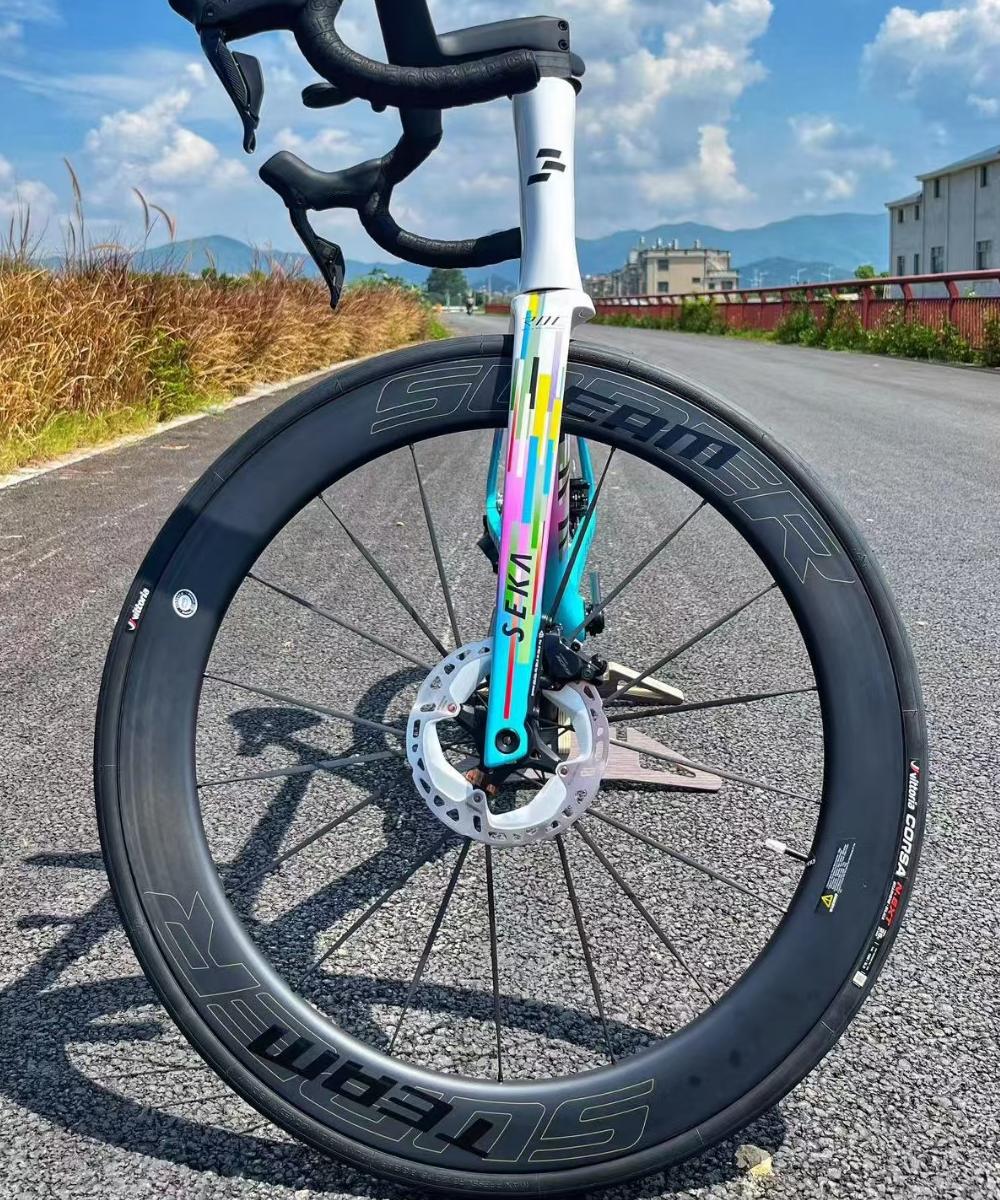The Role of Resin in Carbon Wheel Durability
Carbon fiber wheels have revolutionized cycling by offering a perfect blend of lightweight performance and aerodynamic efficiency. However, the durability of these wheels is not solely dependent on the carbon fibers themselves. One critical component that often goes unnoticed—but plays a pivotal role—is the resin system used to bind the carbon fibers together.
What Is Resin in Carbon Wheels?
Resin is the adhesive matrix that holds the carbon fiber layers in place during manufacturing. It impregnates the carbon fibers, creating a solid composite material once cured. The resin’s quality and formulation determine how well the carbon fibers work together under stress, influencing the wheel’s strength, flexibility, and resistance to environmental factors.
How Resin Affects Durability
1. Structural Integrity
The resin distributes loads across the carbon fibers, allowing the wheel to handle impacts and stresses from riding. A high-quality resin system will maintain strong bonding between fibers, preventing delamination and cracking that can severely compromise the wheel’s lifespan.
2. Heat Resistance
During braking, especially with rim brakes, carbon wheels can heat up significantly. The resin’s thermal properties dictate how well the wheel tolerates these temperature spikes. Advanced resins with higher heat resistance reduce the risk of resin softening or degradation, which can lead to deformation or failure.
3. UV and Chemical Resistance
Exposure to sunlight (UV radiation) and chemicals like brake dust or road grime can degrade certain resin types over time. Durable resin formulations include UV stabilizers and protective additives to ensure the wheel maintains its mechanical properties and appearance through years of riding.
4. Flexibility and Impact Absorption
Resin affects how rigid or flexible the carbon composite is. Some formulations provide a slight flex, helping absorb shocks and impacts without cracking. This flexibility enhances rider comfort and protects the structural fibers from sudden damage.
Advances in Resin Technology
Modern carbon wheels benefit from innovations in resin chemistry, such as:
High-Temperature Epoxy Resins: These can endure more heat during braking without loss of strength.
Toughened Resins: Engineered to improve impact resistance and reduce brittleness.
Bio-Based Resins: Emerging sustainable options that aim to reduce environmental impact while maintaining durability.
Why Resin Quality Matters More Than You Might Think
While carbon fiber quality is important, a top-grade fiber paired with a poor resin system can result in a wheel prone to failure. Conversely, a well-engineered resin can maximize the strength and longevity of even mid-tier carbon fibers.
When shopping for carbon wheels, asking about the resin type and its properties can provide insight into the wheel’s real-world durability and performance.
Conclusion
The resin in carbon wheels is far more than just a glue—it’s a crucial element that defines the durability, heat tolerance, and resilience of the entire wheelset. As resin technology continues to advance, cyclists can expect carbon wheels to become even more robust and reliable, combining lightweight efficiency with long-term performance. Understanding the role of resin helps riders make informed choices and get the most out of their carbon investments.


